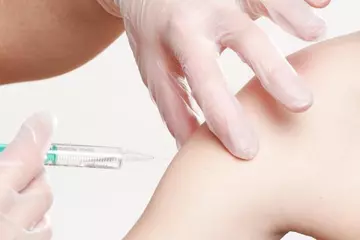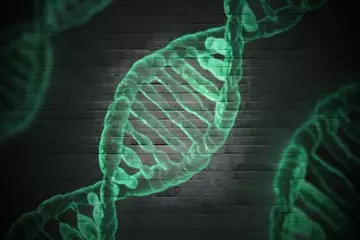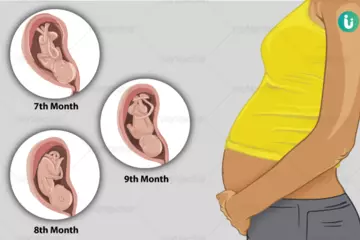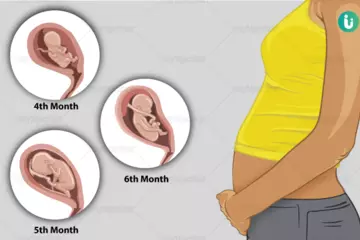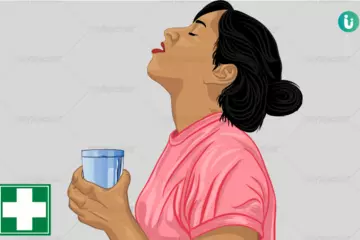Normally, adenosine triphosphate dependent channels manage the functioning of our muscle cells (myocytes). These channels make sure that there are enough ion levels in the cells and also allow the release of calcium from the myocytes.
In case of damage to the membrane covering the myocyte (for reasons such as trauma), calcium levels inside the cells can rise. This increase may lead to cell death due to the release of enzymes that destroy the protein content of the cells.
As a consequence, muscle death or necrosis occurs that releases numerous substances into the blood. These substances include myoglobin, phosphate, potassium, creatinine kinase and uric acid.
This process is capable of perpetuating itself as the calcium that is released from the damaged myocytes is taken up by the surrounding normal myocytes, resulting in further muscle death and release of more of these substances (myoglobin, phosphate, potassium, creatinine kinase and uric acid) in the blood.
Myoglobin is a protein present in the skeletal muscles. This protein is important for metabolism. When myoglobin is released into the blood by the process described above, it is filtered by the kidneys and can result in acute damage to the kidneys due to accumulation of these substances or direct toxicity or both.
The presence of myoglobin in the urine (myoglobinuria) causes the urine to appear tea-coloured and also gives a positive urine dipstick test for blood. Therefore, it causes confusion between the presence of blood and myoglobin in the urine.
You might also be interested in CPT2 deficiency

 Doctors for Rhabdomyolysis
Doctors for Rhabdomyolysis 





































